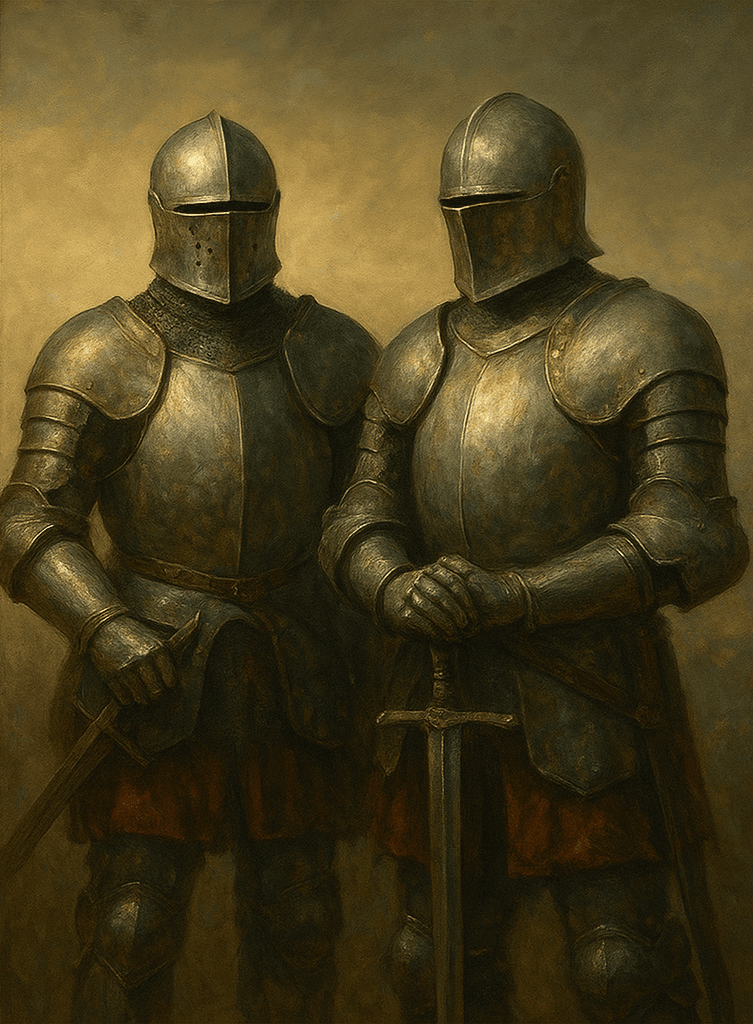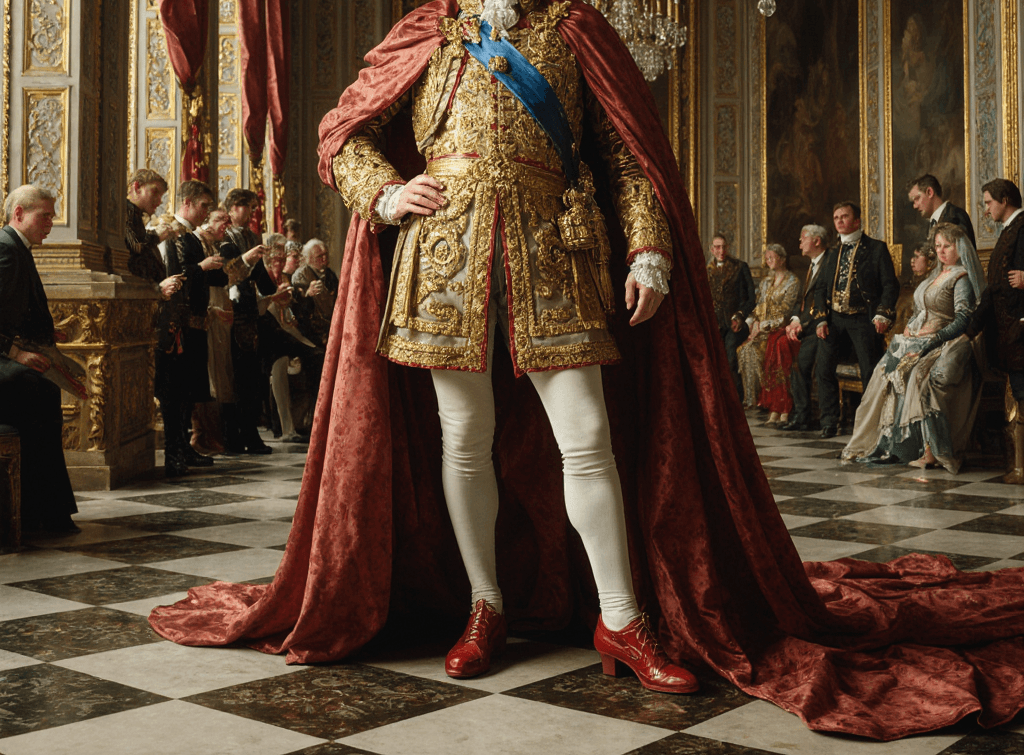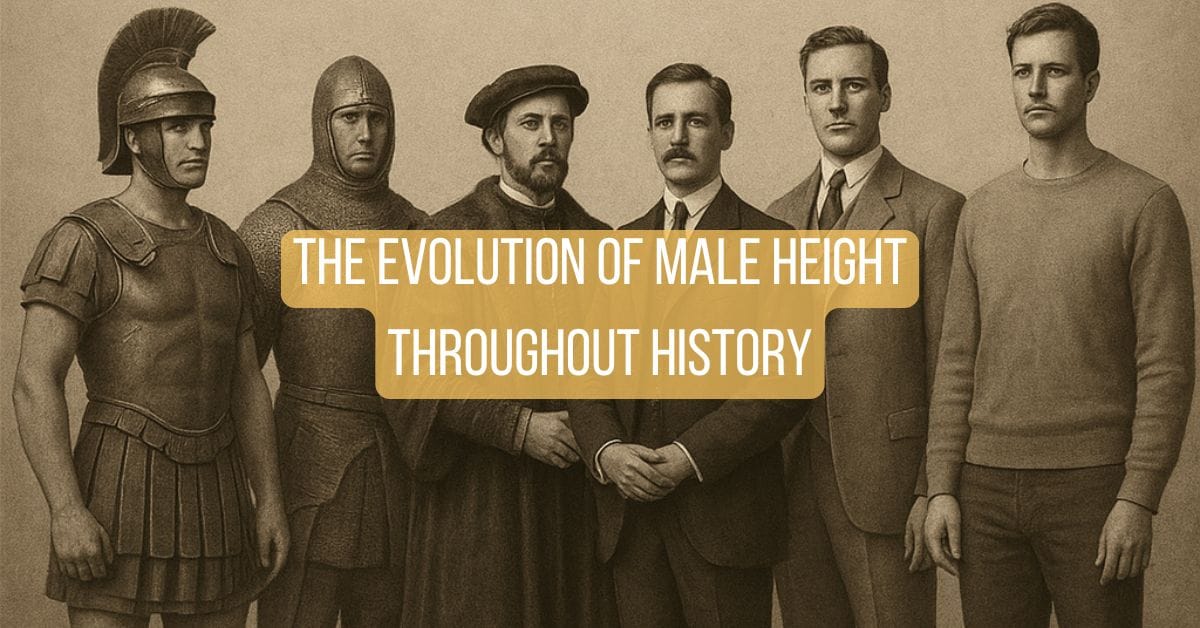Has being taller always been so important? Or is it a modern invention? Throughout this article, we’ll explore the answer.
From Gladiators to Knights: Did Height Matter in Antiquity?
Although today we associate height with power or attractiveness, it wasn’t always like that. In Ancient Rome, for example, strength and strategy were far more important than centimeters. Some great generals were of average, even short stature, yet they still commanded some of the most important armies of their time.
In the Middle Ages, knights wore heavy armor that made it almost impossible to know their actual height. What mattered was their family name and bravery, not how tall they were. Interestingly, the tall boots they wore were already a way to “gain presence.”

17th Century: When Men Wore Heels
Louis XIV of France, also known as “The Sun King,” was about 1.63 m (5’4”) tall and was one of the first men to popularize heels as a symbol of power. In his court, the taller one appeared, the higher their status. A classic visual effect that has lasted for centuries.

20th Century: Hollywood Creates the Tall Man Myth
With the rise of cinema, things changed. Cameras favored tall actors, and the stereotype of the 1.85 m (6’1”) leading man began to take shape. This coincided with an era when personal image became more important than ever—whether at work, in relationships, or socially.

Today: Height as a Symbol of Confidence
Today, shorter men have more tools than ever to project confidence, from height-increasing shoes to style tips that enhance their presence. Height is still a symbol, yes, but now it can be chosen. It’s no longer a matter of luck—it’s a personal decision.

At Masaltos.com, we understand that a few extra centimeters can change much more than your height—they can transform your attitude. And that, truly, is power. Visit our online store and discover all the styles and possibilities Masaltos.com has to offer.







